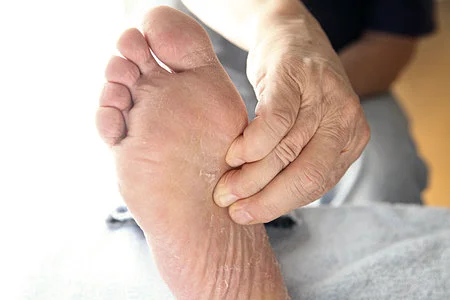Table of Contents
Introduction - Arch Pain
The foot’s arch is formed by the tarsal and metatarsal bones and is strengthened by tendons and ligaments. Its job is to help the foot support and distribute the body’s weight.
Arch pain is usually caused by inflammation of the soft tissues in the midfoot called the plantar fascia. The plantar fascia is a thick tissue on the bottom of the foot that connects the toes to the heel bone.
Causes of Arch Pain
Several foot problems can cause arch pain including:
Plantar Fasciitis
Stress Fractures
Sprains
Tendonitis
Treating Arch Pain
Generally, our goals in treating arch pain will be to relieve swelling and inflammation and to ease the pressure from the irritated area. Treatments include:
- Resting the foot to reduce inflammation. Crutches or a boot can help the foot rest as can activity modifications.
- Applying ice to ease pain and inflammation. Ice massage such as rolling the foot over a frozen bottle of water can be effective.
- Anti-inflammatory medications. Check with your doctor first before starting a new medicine.
- Changing footwear. Look for shoes with extra cushioning and more arch support.
Preventing Arch Pain
You can prevent arch pain by proper-fitting wearing shoes with good arch support. Avoid unsupportive shoes and sandals like flip-flops.
Regular stretching can help keep foot and calf muscles flexible and strong. If you stand for long periods of time at home or work, consider using an anti-fatigue mat such as at the kitchen sink.



